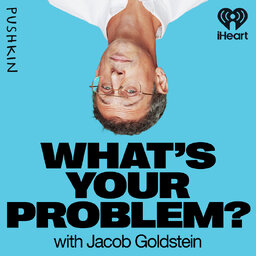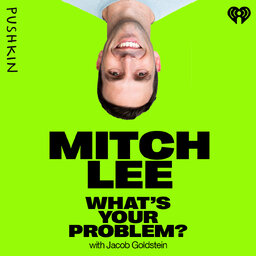Paying People to Turn Off the Fridge
Matt Duesterberg is co-founder and president of OhmConnect.
Matt's problem: How do you build a business around getting people to save energy? Not all that much. And not all the time. But just enough, at just the right time. OhmConnect is paying customers to reduce their household's energy usage at times of high demand. The company is a window into the bizarre world of energy markets -- and human behavior.
If you’d like to keep up with the most recent news from this and other Pushkin podcasts be sure to subscribe to our email list.
 What's Your Problem?
What's Your Problem?


